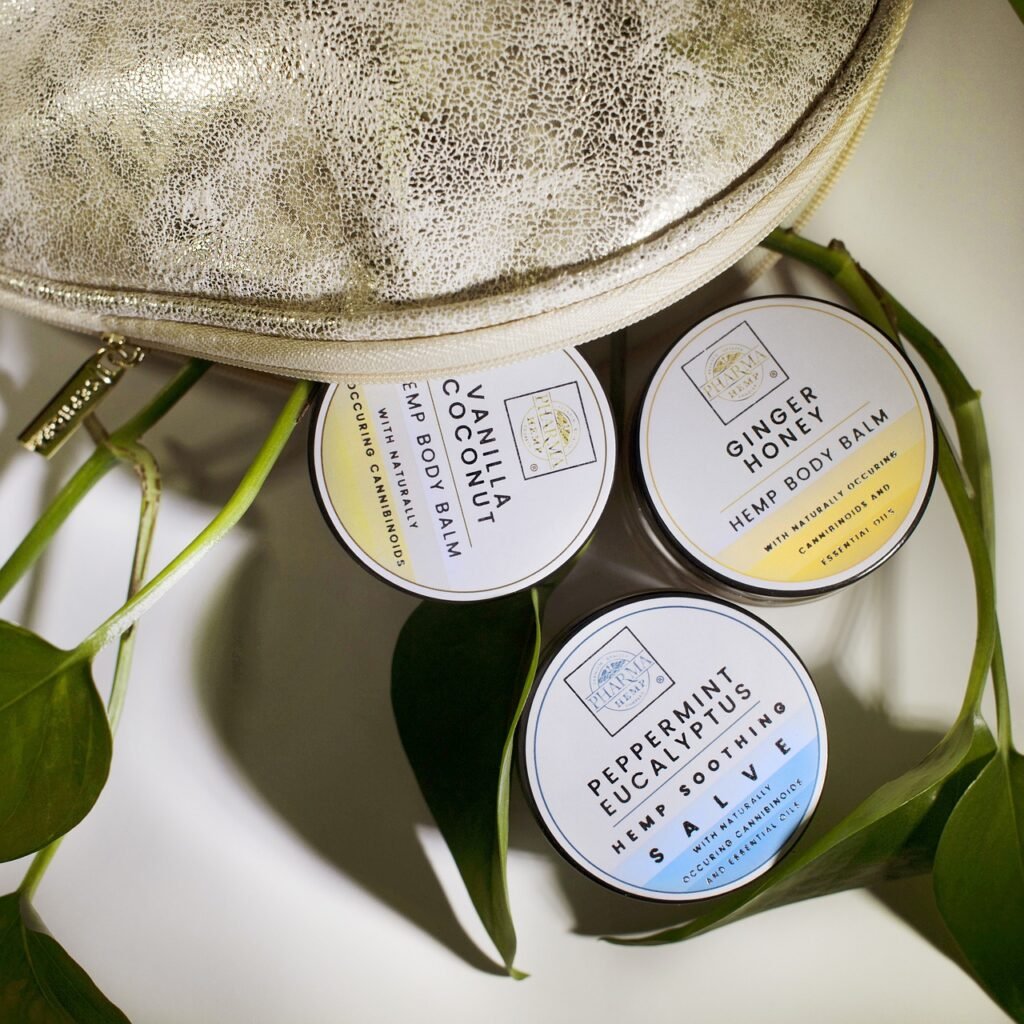
Introduction to Labeling for CBD Products
So, you’re diving into the CBD market?
Awesome! But before you go full throttle, there’s one crucial thing to nail down: labeling your products correctly.
Why’s it such a big deal?
Well, with the rise of CBD oil, THC gummies, and other cannabis goodies, folks need to know exactly what they’re getting.
Imagine buying a product and having no idea how much CBD or THC is in it.
Nightmare, right? That’s why proper labeling is a game-changer. It’s all about transparency and making sure your customers trust you and keep coming back.
First off, the FDA’s got some serious rules about what can go on a CBD label.
While they’ve approved Epidiolex for certain seizure disorders, they’re still pretty strict on other products.
So, you gotta play by their rules to avoid any nasty surprises.
And don’t forget, each state can have its own set of regulations too.
What flies in California might not in Texas, so always double-check the local laws where you plan to sell your goodies.
Your product name should be spot on—no funny business.
A clear, descriptive name helps set expectations straight. If it’s a bottle of CBD oil, say it’s CBD oil. Keep it simple and honest.
Ingredients list? Don’t skimp on details.
Full transparency means listing everything that’s inside, from the biggest to the smallest amount.
If you’ve got hulled hemp seed or hemp seed oil in there, let folks know.
Dosage info is super important.
Clear serving sizes and how to use the product safely should be right there on the label.
This makes a big difference in user experience and keeps everyone safe.
Also, THC content—this one’s a no-brainer.
People need to know what they’re consuming, especially with legal limits varying.
Accurate THC levels help keep your product legit and your customers happy.
Ready to take on the CBD market? Start with nailing these label requirements and you’re on the right path.
Navigating Regulatory Compliance
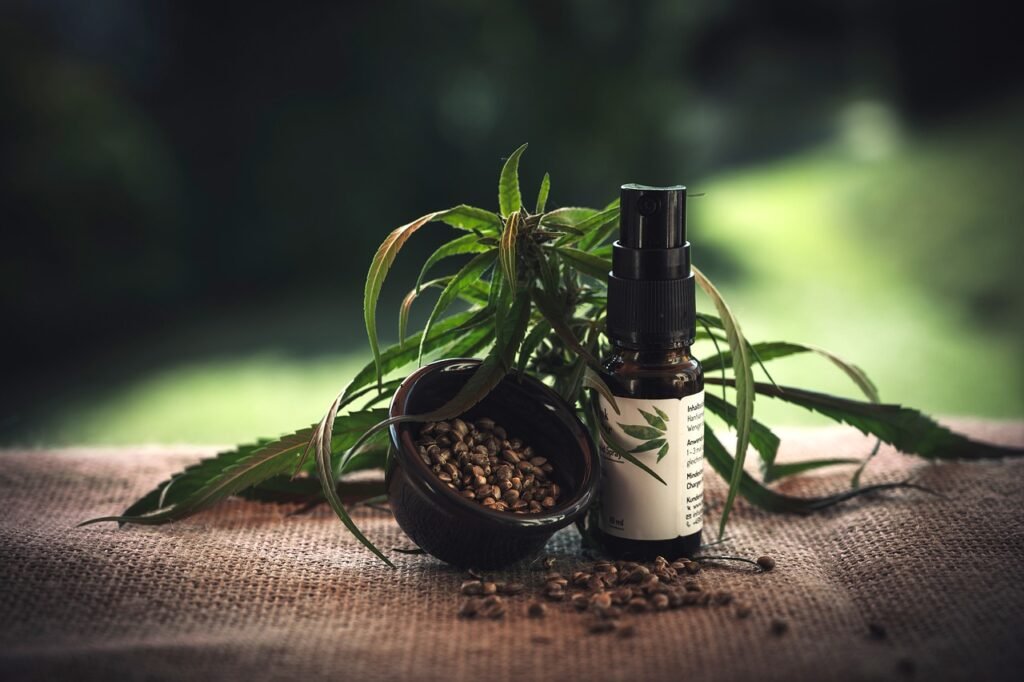
Making sure your CBD product labels are up to snuff with all the rules is a must.
The FDA has approved just one cannabis-derived drug, Epidiolex, for treating certain seizure disorders in patients aged one and older (for seizures related to specific syndromes).
The FDA is very clear about not allowing any food products with THC or CBD into interstate commerce (including animal food or feed) .
Plus, states have their own rules. What’s cool in one state might be a no-go in another.
Always double-check local laws where you’re planning to sell your stuff. It’s a bit of a pain but super necessary.
Keep in mind, accuracy is king. Mislabeling or leaving out info can land you in hot water.
Every single ingredient, dosage detail, and THC content needs to be crystal clear and spot on.
If you’re using terms like “organic” or “pure,” make sure you can back it up.
The FDA doesn’t play around with misleading claims, and neither do most state laws.
Transparency is key here, so don’t leave anything to the imagination.
Another biggie is health warnings.
The FDA has reported adverse effects from some cannabis-derived products (which may include side effects from certain products).
Make sure any necessary warnings are loud and clear.
In short, nailing the regulatory side of things means knowing both federal and local rules like the back of your hand.
This helps keep your biz running smoothly and keeps your customers safe and informed.
Crafting a Clear and Accurate Product Name
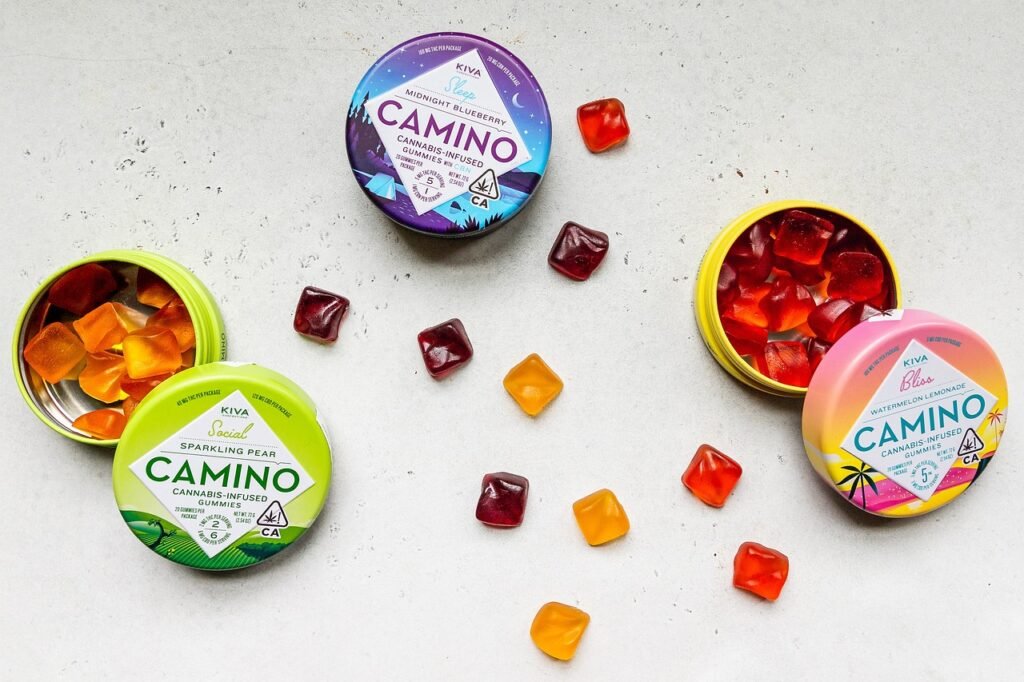
Your product name has gotta be spot on.
It’s the first thing people see, and it sets the tone for what they can expect.
Keep it clear and straightforward. If it’s CBD oil, call it CBD oil. No fancy names that could confuse folks.
It’s all about being honest and straightforward.
You don’t wanna make claims that aren’t backed up either.
Saying something like “magic elixir” is a big no-no unless you’ve got some serious proof.
Make sure your product name aligns with FDA guidelines.
The FDA is super strict about misleading names or claims, so don’t even think about skirting around their rules.
And remember, it’s not just about federal regulations.
State laws come into play too.
What works in one state might get you in trouble in another.
Always keep that in mind when naming your products.
Think about your customers. They should be able to look at the name and instantly know what they’re getting.
The clearer you are, the more they’ll trust you. Building that trust is huge in this industry, where transparency is everything.
You want repeat customers who know they can rely on what you’re selling.
Avoid using any terms that imply unproven benefits.
Stick to what’s true and verifiable.
Names like “CBD Oil for Relaxation” or “THC Gummies” are good because they tell it like it is.
Keep it simple and honest, and you’ll be golden.
Also, make sure your name isn’t too similar to other products on the market.
You don’t wanna get mixed up with someone else’s stuff.
It’s a competitive space, and a unique, clear name helps you stand out without causing any confusion.
Properly Listing Ingredients
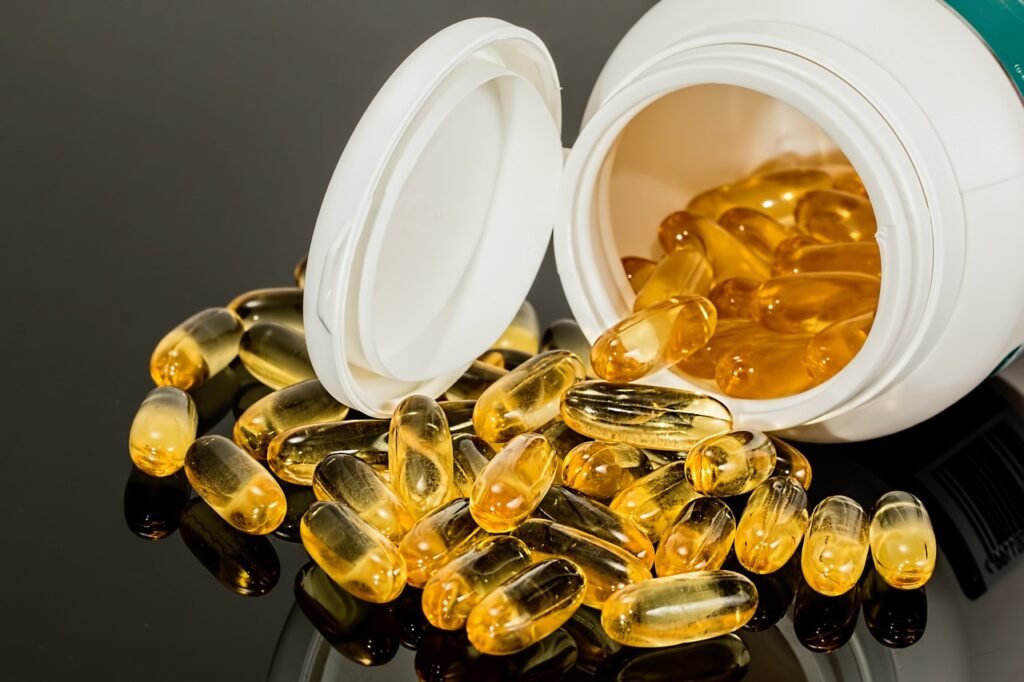
Transparency is key when listing ingredients on CBD labels.
The FDA recognizes certain hemp seed-derived ingredients as generally safe for consumption (including hulled hemp seed and hemp seed oil) .
Make sure to list every single ingredient in order of predominance by weight.
This means starting with the ingredient that makes up the largest portion of the product and going down to the smallest.
For example, if your product contains CBD extract, hemp seed oil, and a carrier oil like MCT oil, they should be listed in that order, provided that’s the order of their weight in the product.
This isn’t just about compliance—it’s about giving your customers the lowdown on what’s inside the bottle.
Don’t use vague terms like “natural flavors” or “proprietary blend.”
Instead, be specific.
If there’s something like peppermint oil or coconut oil in your product, say so.
This kind of clarity helps customers make informed choices and builds trust.
They know exactly what they’re consuming, and that’s a big deal.
Another thing to keep in mind is allergens.
If your product contains or is processed in a facility that handles common allergens like nuts, dairy, or soy, it’s essential to disclose this information.
Even trace amounts can be crucial for people with allergies, so better safe than sorry.
Ingredient transparency also means noting any preservatives or additives.
Some consumers are cautious about what goes into their body, and having this information helps them decide if your product is right for them.
If you’re claiming that your product is “organic” or “all-natural,” make sure you have the certifications to back it up.
No one likes being misled, and it could land you in hot water legally.
So, make it a habit to be thorough and upfront with your ingredient list.
It’s a small step that can make a massive difference in customer satisfaction and regulatory compliance.
Indicating Dosage Information
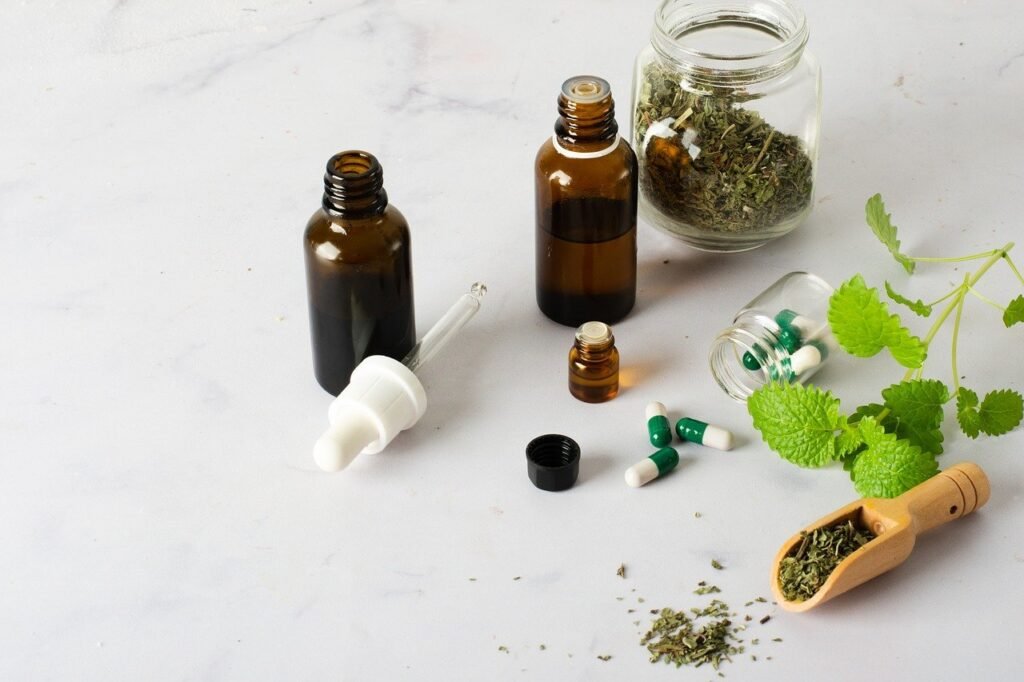
So, let’s talk dosage info. This is super important and can’t be skipped.
Your customers need to know how much to take and how often.
It’s not just about throwing a number on the label. You need to give clear serving sizes and instructions on how to use the product safely.
Start with the basics.
If it’s a bottle of CBD oil, let them know how much CBD is in a single serving.
Same goes for THC gummies or any other product.
Is it a full dropper? Half a gummy? Spell it out. Don’t leave them guessing.
This helps them know exactly how much they’re getting and how it might affect them.
Next, offer some guidance on usage.
Should they take it with food? Before bed? First thing in the morning?
Little tips like these can make a big difference in their experience.
Plus, it shows that you care about their well-being.
Also, if there’s a max dose they shouldn’t exceed, be upfront about it.
Some people might think more is better, but that’s not always the case.
Keep them informed to keep them safe.
Lastly, remember to use straightforward language.
Avoid jargon or overly scientific terms that could confuse folks.
They should be able to read your label and understand it in seconds.
That way, they can make the best decisions for their needs.
So, make sure your dosage info is clear, easy to follow, and right there on the label.
It’s a small detail that goes a long way in building trust and ensuring your customers have a great experience with your products.
Specifying THC Content

Knowing the THC content in your CBD products is crucial for both legal reasons and consumer trust.
People wanna know exactly what they’re getting, especially when it comes to THC.
No one wants to be surprised by unexpected effects, right?
First off, always make sure to clearly state the exact amount of THC per serving.
Whether it’s CBD oil, THC gummies, or any other cannabis product, transparency is key.
You don’t wanna leave your customers guessing.
They need to know if they’re getting a tiny bit of THC or enough to feel the effects.
Next, double-check the legal limits in the states where you plan to sell.
The federal limit for THC in CBD products is 0.3%, but some states have stricter rules.
Make sure your labels reflect this accurately to keep everything above board.
Accurate THC labeling isn’t just about numbers; it’s about building trust.
If people know they can rely on your labels, they’re more likely to become repeat customers.
Plus, it shows you care about being honest and upfront, which goes a long way in this industry.
Lastly, use clear and simple language. Avoid any technical terms that might confuse people.
Your customers should be able to glance at the label and understand the THC content without any hassle.
Keep it straightforward to make their experience as smooth as possible.
In a nutshell, nailing the THC content on your labels helps keep you compliant with the law and builds trust with your customers. It’s a small detail, but one that can make a big impact.
Including Health and Safety Warnings

Health and safety warnings are a big deal on CBD product labels.
The FDA has received reports of adverse effects in users of cannabis-derived products and continues to monitor for safety issues (which may include side effects from certain products).
So, don’t skip out on this part.
Make sure your labels include any mandatory warnings, and consider adding custom warnings specific to your product.
Let’s get into what those warnings should cover.
First off, if your product could cause drowsiness, say so.
People need to know if they shouldn’t drive or operate heavy machinery after using it.
Same goes for any potential interactions with medications.
If there’s a chance your CBD oil could mess with someone’s meds, make that clear.
Next, think about who should avoid your product.
Pregnant or nursing? Maybe not the best idea to use certain CBD products.
Make sure that’s spelled out.
The same goes for kids. Most CBD products aren’t recommended for minors, so put that info front and center.
Don’t forget about allergy warnings.
If your product is made in a facility that processes common allergens like nuts, dairy, or soy, mention it.
Even trace amounts can be crucial for people with allergies. Better safe than sorry, right?
Another thing: talk about the potential side effects.
Nobody wants to be caught off guard.
If dry mouth, dizziness, or any other side effect could occur, let people know.
Transparency here builds trust and keeps your customers informed.
Finally, make sure these warnings are easy to find and read.
Use bold fonts or different colors if needed.
The goal is to make sure nobody misses these critical details.
In short, don’t skimp on health and safety warnings.
They’re essential for keeping your customers safe and informed, and for keeping your business compliant with regulations.
Labeling Expiration Date and Storage Instructions

Expiration dates and storage instructions might seem minor, but they’re super important.
Consumers wanna know their CBD oil or THC gummies are fresh and effective.
Make sure you slap that expiration date where it’s easy to find.
It tells people how long your product will stay in tip-top shape.
Now, storage instructions—don’t skip these.
Different products need different care to maintain quality.
Is it best kept in a cool, dark place? Maybe it shouldn’t be left in a hot car or direct sunlight? Spell it out clearly.
Think about it: no one wants to waste their money on a product that loses its punch because it wasn’t stored right.
Plus, following your storage tips means they get the most out of what they bought.
Whether it’s keeping CBD oil in the fridge or storing delta 9 gummies in a pantry, give them the lowdown.
And don’t make them hunt for this info.
Put it right there on the label, maybe near the ingredients or dosage details.
That way, it’s all in one spot and easy to find. Remember, the goal is to make everything user-friendly and straightforward.
So, keep it clear, simple, and direct.
Proper labeling of expiration dates and storage instructions can make a huge difference in customer satisfaction and product performance.
Providing Manufacturer Information

Alright, let’s dive into why providing manufacturer information on your CBD labels is a big deal.
It’s not just about following the rules; it’s about building trust with your customers.
Think about it—people want to know who’s behind the product they’re using, especially when it comes to CBD oil, THC gummies, or delta 9 goodies.
First off, always include your company’s name and contact details on the label.
An email address, phone number, or even a physical address works.
This makes it super easy for customers to reach out if they have questions or concerns.
And hey, it also shows that you’re legit and have nothing to hide.
Next, consider adding a batch number or a lot number.
This helps with traceability in case there are any issues down the line.
If someone reports a problem, you can quickly figure out which batch it came from and take action.
It’s all about being proactive and responsible.
Also, think about putting a QR code on the label.
These days, everyone’s got a smartphone, and scanning a QR code can lead them to more detailed info about the product, like lab test results or additional usage tips.
It’s a neat way to pack in extra value without cluttering your label.
Transparency is key, so if your product has been third-party tested, mention it! People love knowing that an independent lab has verified what’s in the bottle.
It’s an extra layer of assurance that what you’re selling is safe and effective.
Lastly, don’t forget any relevant certifications or seals of approval.
Whether it’s organic certification, GMP (Good Manufacturing Practices) compliance, or anything else that sets you apart, flaunt it.
These badges of honor can make a huge difference in how customers perceive your brand.
So, make sure your labels include all the essential manufacturer details.
It’s a simple but powerful way to build trust, ensure transparency, and keep your customers coming back for more.
